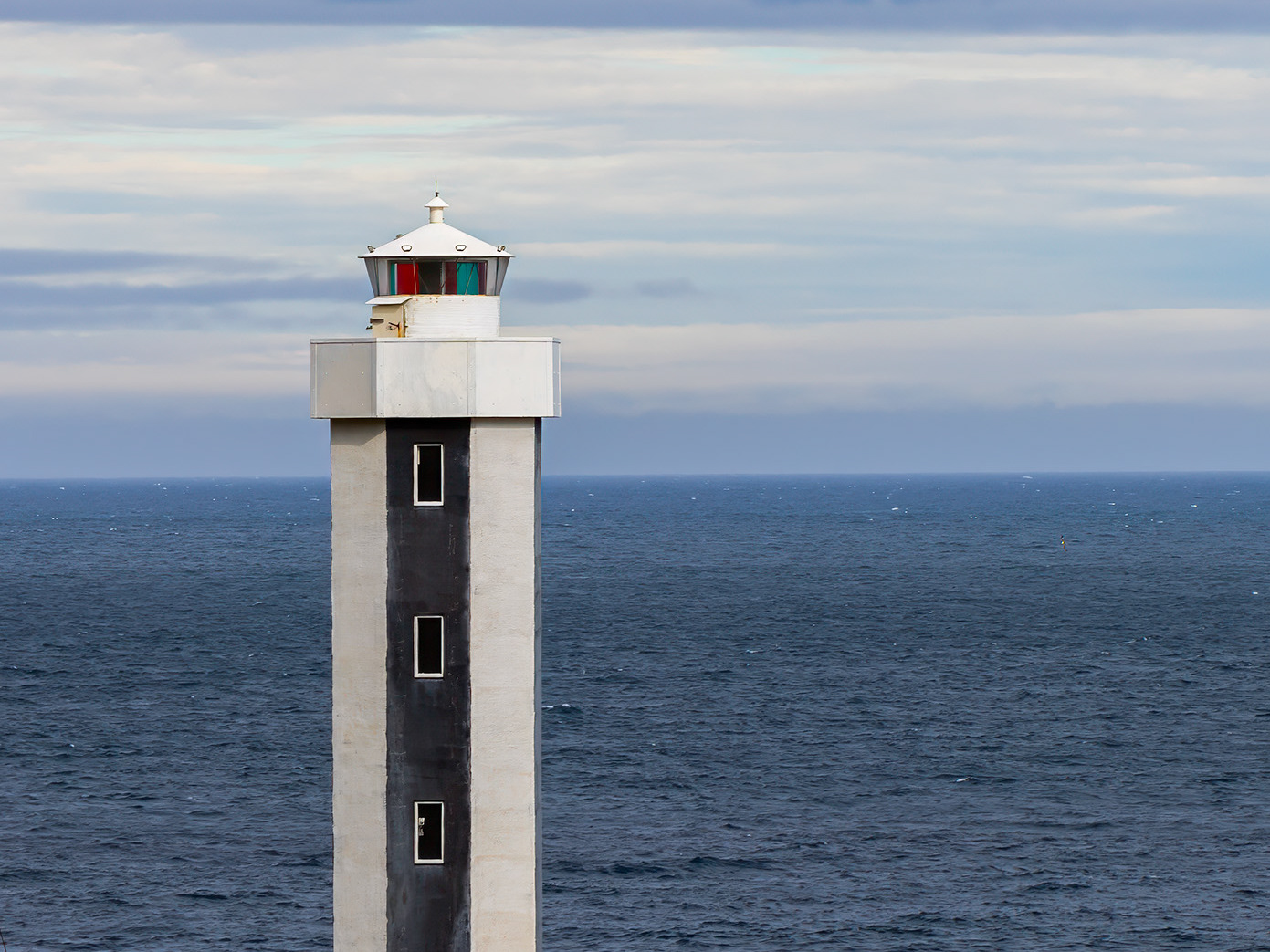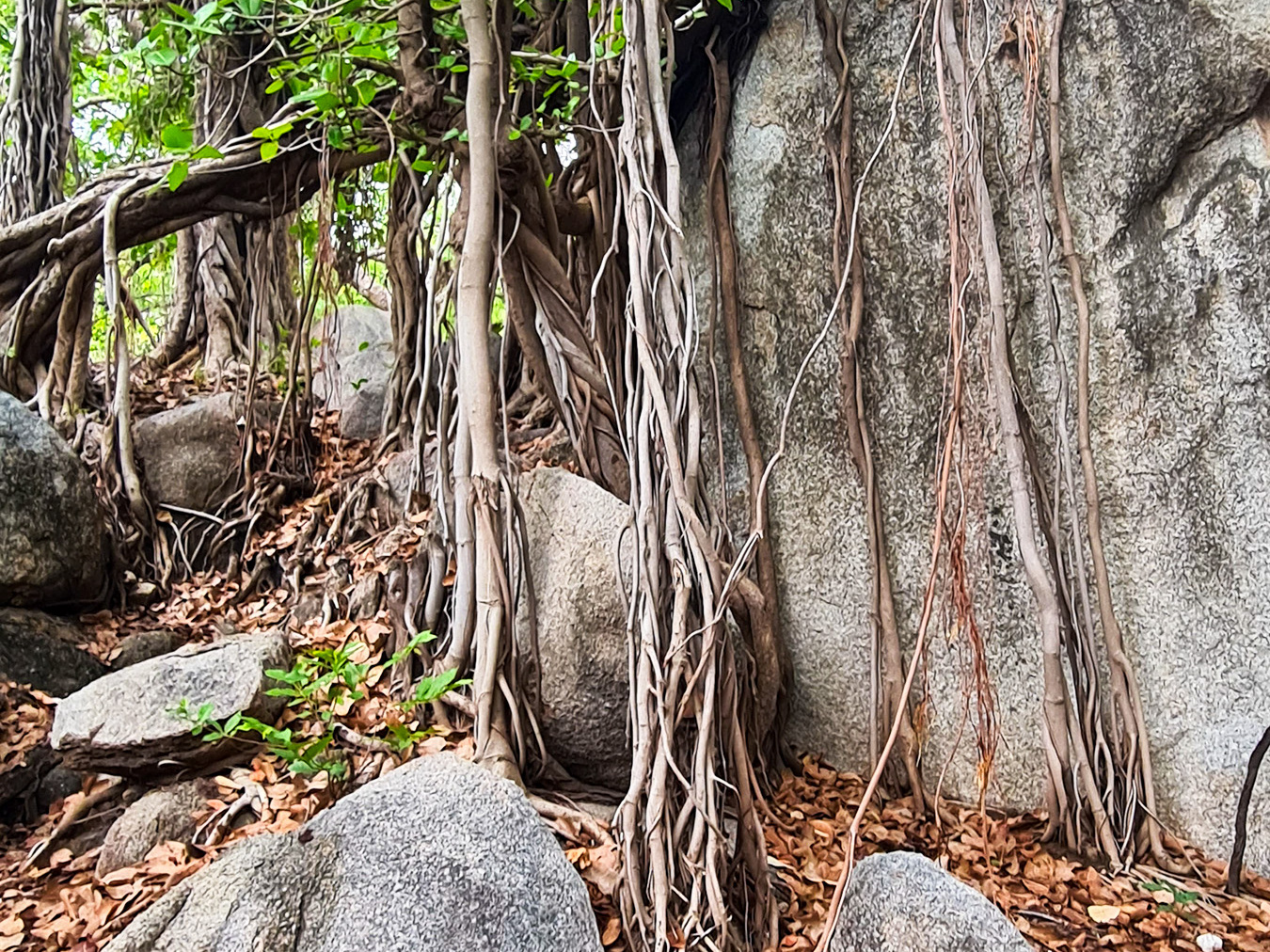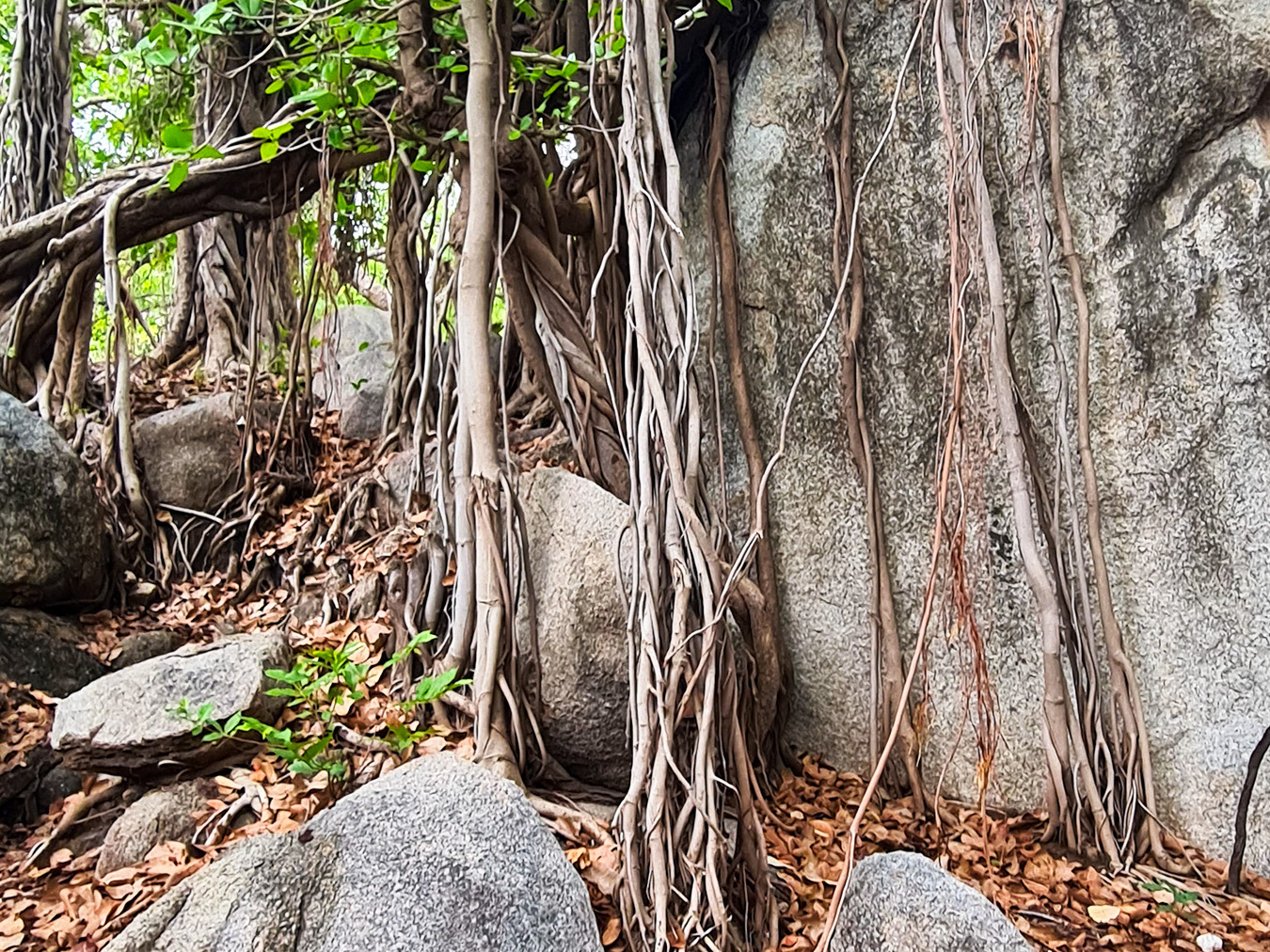The Rising Sun at the Little Rann of Kutch
Culturally vibrant and home to countless historical treasures, the Kutch district of Gujarat stands as a testament to heritage and beauty. This time, our destination is the mesmerizing yet raw Little Rann of Kutch. Bordered by the Gulf of Kutch on one side, its vast expanse touches the districts of Kutch, the Great Rann of Kutch, Patan, Surendranagar, and Rajkot. Here, nature’s rugged charm meets timeless traditions, offering an experience that is both enriching and unforgettable.
On one side of the Little Rann of Kutch stretches an endless desert expanse covering nearly 5,000 square kilometers. Though seemingly barren, this land nurtures an extraordinary diversity of wildlife found nowhere else. It is the last refuge of the endangered Indian Wild Ass ( Also known as Asiatic Wild Ass ) and a paradise for bird lovers, hosting over 300 species of local and migratory birds. The LRK is a flat, arid desert, with salt marshes shimmering under the summer and winter sun, transforming into a vast wetland during the rains. Vegetation here is predominantly xerophytic, adapted to the scarcity of groundwater. Scattered across its surface are 74 elevated plateaus, locally called bets, sheltering about 253 species of flowering plants. This remarkable combination of ecosystems attracts many explorers, wildlife enthusiasts, and researchers from across the globe seeking to witness nature’s resilience in its most captivating form.
The Little Rann of Kutch is not only a land of natural wonders but also a cultural mosaic, home to diverse communities whose traditional livelihoods are salt-making, fishing, and pastoralism, which are deeply connected to the land’s ecology. During our visit, we were privileged to experience the warmth of local hospitality, spending memorable moments with salt farmers and witnessing their enduring craftsmanship amidst the gleaming salt fields.
A Tea shop at the middle of the LRK along the salt lake.
Sometimes, the most unforgettable journeys are those unshaped by rigid plans. Our trip was just that, no detailed itinerary, no booked stay, only the excitement of the unknown. The sole plan was simple yet extraordinary: park our car in the heart of the Rann, sleep under the vast open sky, and embrace nature in its purest form, free from luxury or distractions. For one night and two days, we roamed the Rann on wheels, letting its beauty unfold at every turn.
We set off early from Gandhinagar, backpacks packed with essentials, photography gear, and our newest excitement, a drone to capture the land’s beauty from above. Soon after joining the Sanand - Viramgam highway, we paused for tea and light snacks. Energized and refreshed, we hit the road again, cruising smoothly toward our destination eager for the adventures that awaited us.
While passing through Bajana, we seized the chance to visit the sanctuary famed for its majestic Wild Ass. Deciding to linger for a couple of hours, we jumped on a memorable safari that took us across shimmering wetlands, golden grasslands, and open plains alive with the calls of countless migratory birds. Along the way, a curious fox crossed our path, adding to the thrill. And, of course, we witnessed the graceful wild asses grazing in small, scattered groups, a sight that truly defined the charm of this unique habitat.
After spending a few delightful hours at the sanctuary, capturing wildlife through our lenses, we gathered valuable insights about the Little Rann of Kutch from our safari guide and the sanctuary’s information center. This helped us shortlist potential spots to set up camp. Resuming our journey, we paused for a simple yet satisfying lunch, resting under the shade of a tree, soaking in the fresh air and the soothing rustle of leaves. With a mix of local guidance and a bit of online research, we finally arrived at our chosen destination the Vachhraj Dada Temple, standing serenely in the heart of the LRK, surrounded by the vast, untouched desert all around.
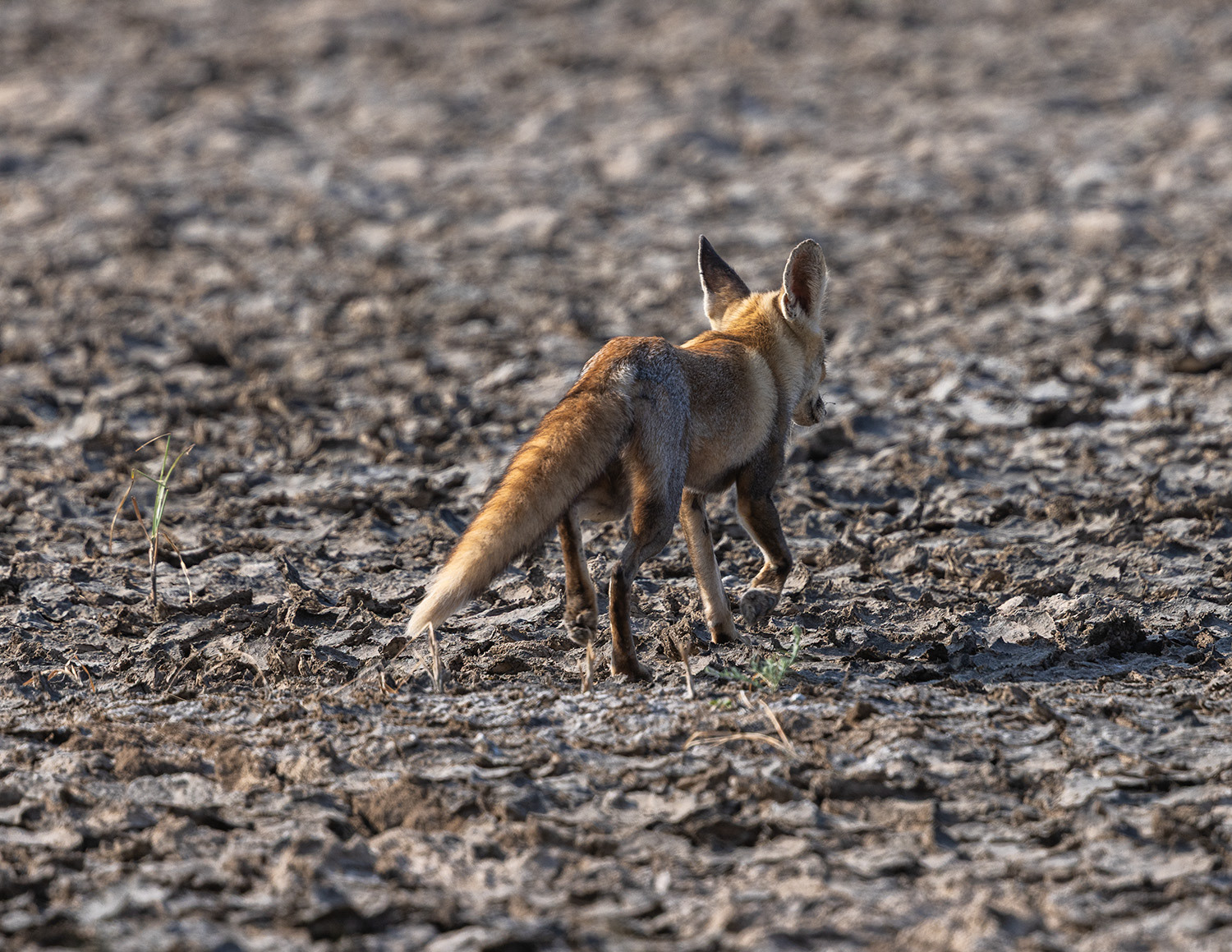
Wild Fox
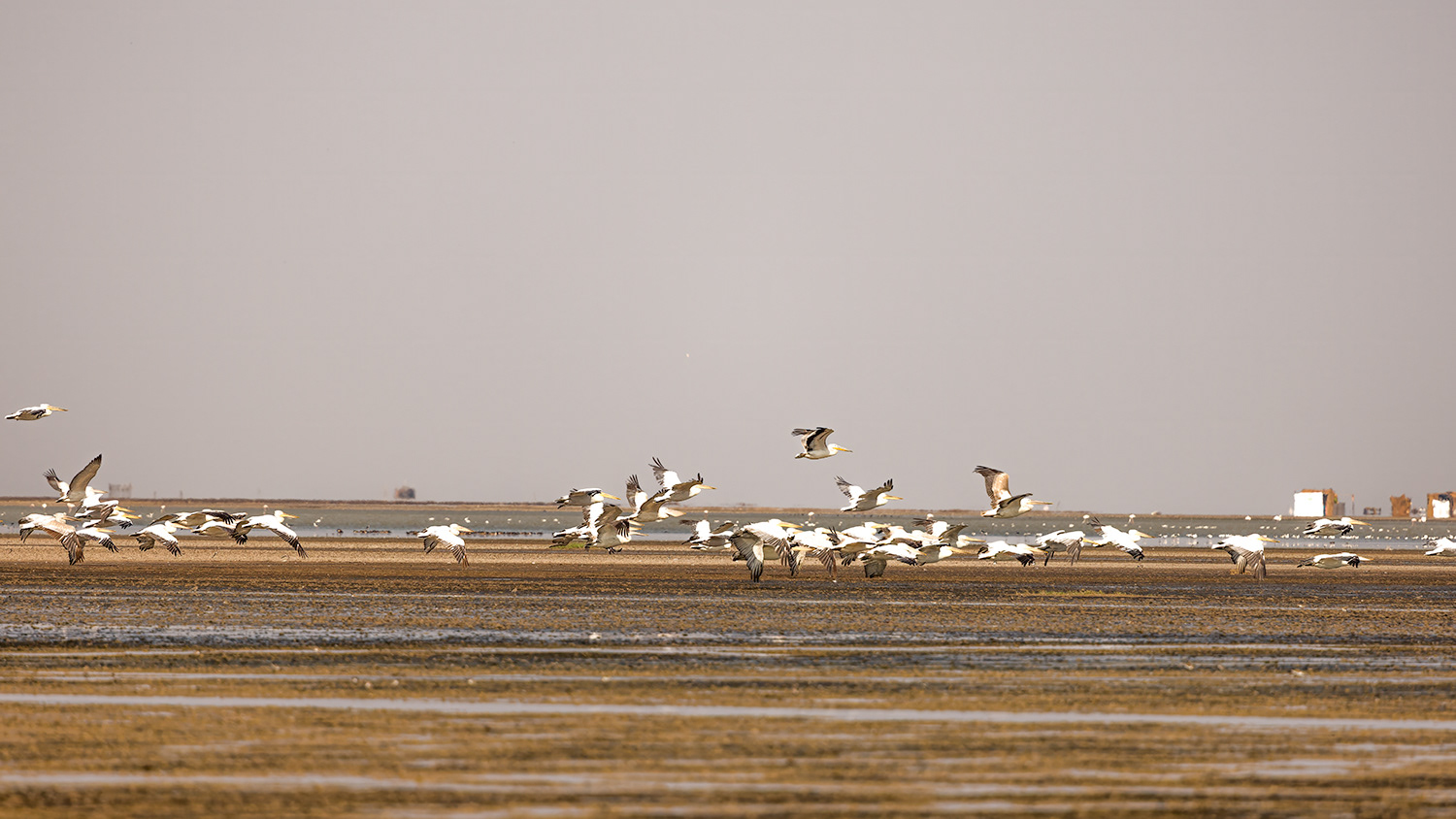
Flock of migratory birds
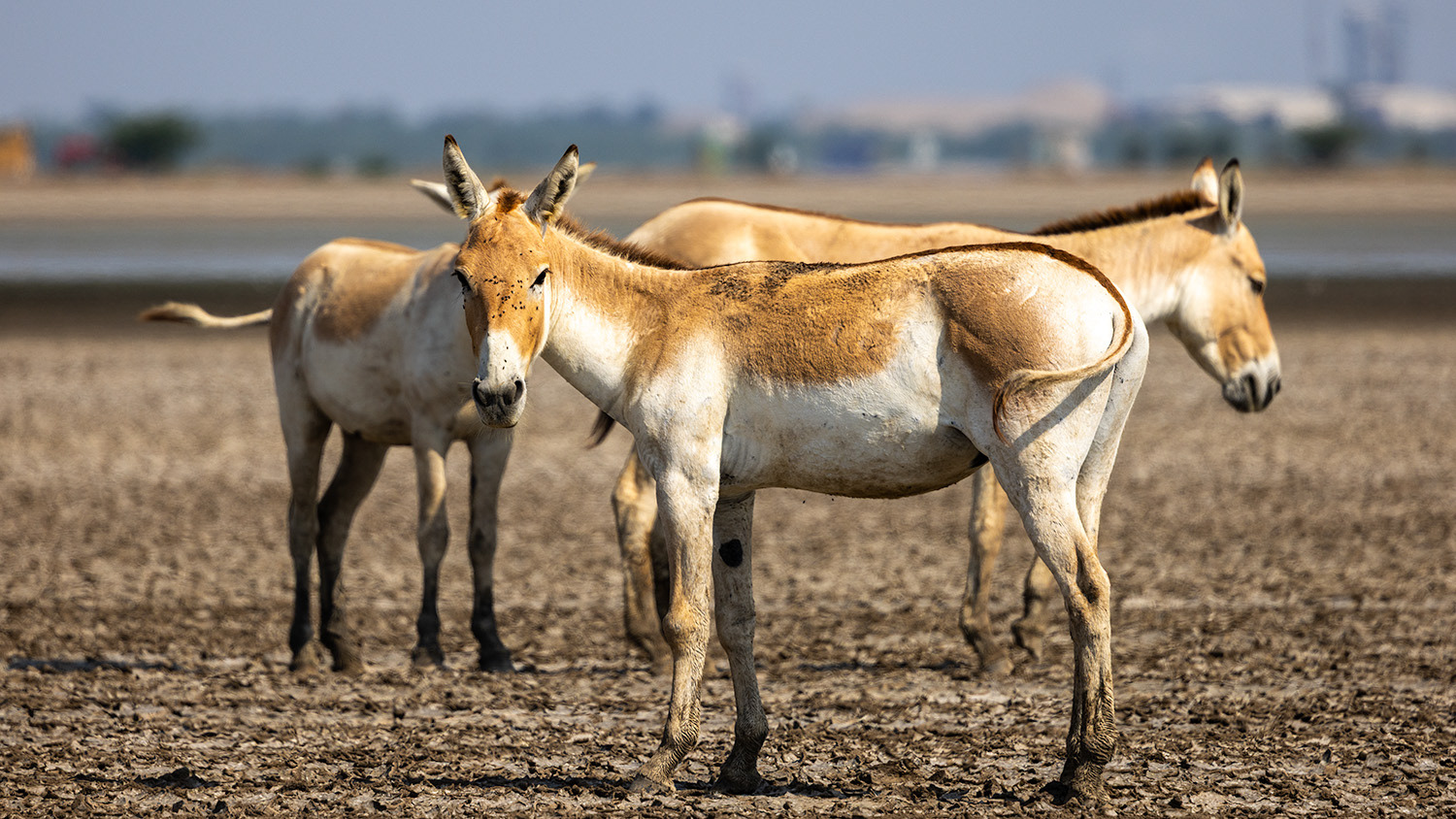
Asiatic Wild Ass
We spent a peaceful while at the Vachhraj Dada Temple before making our way to a nearby salt lake, located just north of the temple, to witness the sunset. The sight was nothing short of magical. The golden rays of the setting sun danced across the shimmering lake, while flocks of birds gracefully returned to their nests, painting the sky with movement and life. The horizon unfolded like a living canvas, each passing second adding new strokes of color and light. Immersed in this natural masterpiece, we watched until the sun dipped below the edge of the earth. With hearts full of wonder, we bid farewell to the glowing sky and returned to the temple for dinner, ready to head toward our chosen camping spot.
About 5 kilometers east of the temple, we found a perfect flatbed of land and parked our trusty Hilux, which would serve as our “bed” for the night. The cargo bed became our cozy campsite, and we set up our cameras, eager to experiment with night-sky photography. Though all of us were beginners, the absence of artificial light for miles made it an ideal opportunity to capture the stars in their pure brilliance. Before leaving the temple, locals had warned us about hyenas in the area. Though there were no records of them attacking people, we stayed cautious, ready to react if needed. After all, none of us wished to go down in history as the first unlucky “case”... LOL.
The entire night was spent under a sky ablaze with stars, occasionally capturing long-exposure shots for our collection. From time to time, the distant, eerie calls of hyenas echoed across the desert, adding a wild thrill to the silence. We managed brief naps, but the mesmerizing celestial display above kept us awake for most of the night. Around 4 a.m., we returned to the temple, finding comfort in its quiet surroundings. There, we rested until the first light appeared, watching the horizon glow as the sun slowly rose, bathing the Little Rann in a fresh, golden warmth that marked the start of a new day.
After a quick stretch, we set off again to embrace the crisp morning air and explore the surroundings. The vast salt lakes, endless desert, and scattered wetlands seemed to transform with every inch the sun climbed. The lakes came alive with flocks of flamingos, painting the horizon in breathtaking shades of pink, yellow, and blue. The serenity was broken only by the distant sight of a few temporary huts, built by salt farmers near their work sites. Drawn by curiosity, we spent some time soaking in the scenery before making our way toward one of the farms to learn more.
The flock of Flamingos flying over the salt lakes.
Every summer, as the water recedes, salt farmers return to the Little Rann of Kutch, building temporary settlements to harvest salt its a traditional occupation passed down through generations. When we arrived at one such hut, the owner greeted us warmly, and soon nearby farmers joined in. They offered us tea and refreshments, a gesture so heartfelt it was impossible to refuse. Their hospitality, unexpected yet deeply touching, made the moment unforgettable. We spent quality time chatting with them, learning about their work, and exploring the salt farms before preparing to head back to our base at Vachhraj Dada Temple, carrying memories as rich as the land itself.
After freshening up at the temple’s dharmshala, we packed our belongings for the journey home. Before leaving, we couldn’t resist taking one last long drive across the endless, flat desert before a final farewell to the Little Rann’s charm. These two days had been nothing short of incredible, filled with unforgettable moments and warm encounters. As we headed back to Gandhinagar, we carried not just memories, but a heartfelt wish to return, to once again immerse ourselves in the people, culture, and untamed beauty of LRK.
|| BEST TIME TO VISIT LRK ||
The Little Rann of Kutch is a destination that can be visited year-round, with each season offering a distinct charm and experience. However, the best time to explore is during the cooler months, particularly in winter, when you can enjoy open desert safaris without the harsh heat. This is also the season when salt farms are active, giving visitors the chance to witness the fascinating, generations-old process of salt extraction. Summer, while still offering access to salt farms, can be extremely hot and humid, so it’s best avoided during peak temperatures.
Monsoon transforms the LRK into an entirely different landscape, with much of the region submerged under water, creating temporary islands and cutting off parts of the terrain. While accessibility can be challenging, the beauty of LRK during the rains is said to be mesmerizing, something I have yet to experience but plan to in the near future.
If visiting in winter, prepare for slightly colder nights, as temperatures can drop to 14–15°C, which is noticeably cooler than summer evenings. Carrying suitable clothing ensures comfort during nighttime camping. Whether it’s the vast salt flats, the seasonal wetlands, or the vibrant wildlife, LRK offers something unique every season, making each visit a new adventure.
|| GALLERY ||
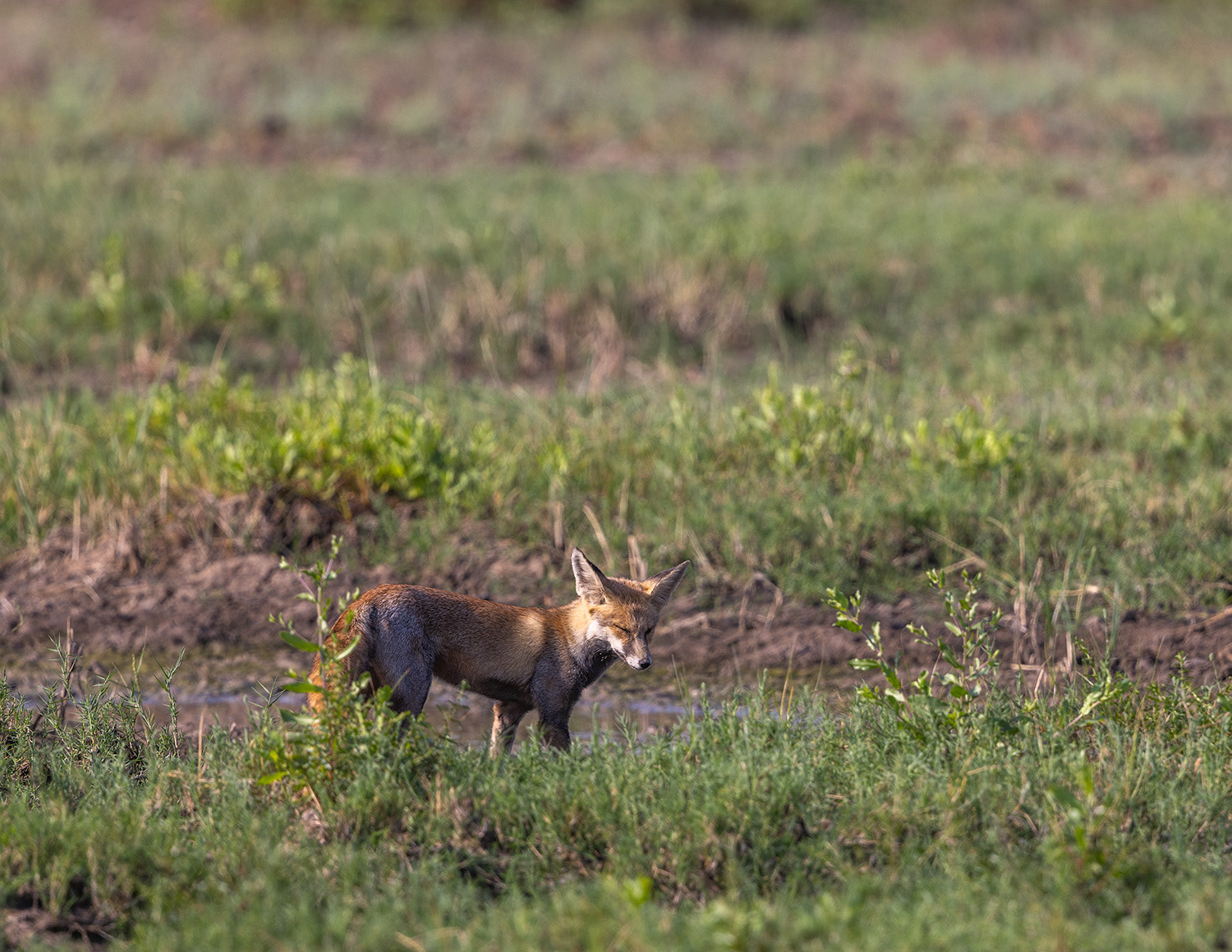
Wild Fox
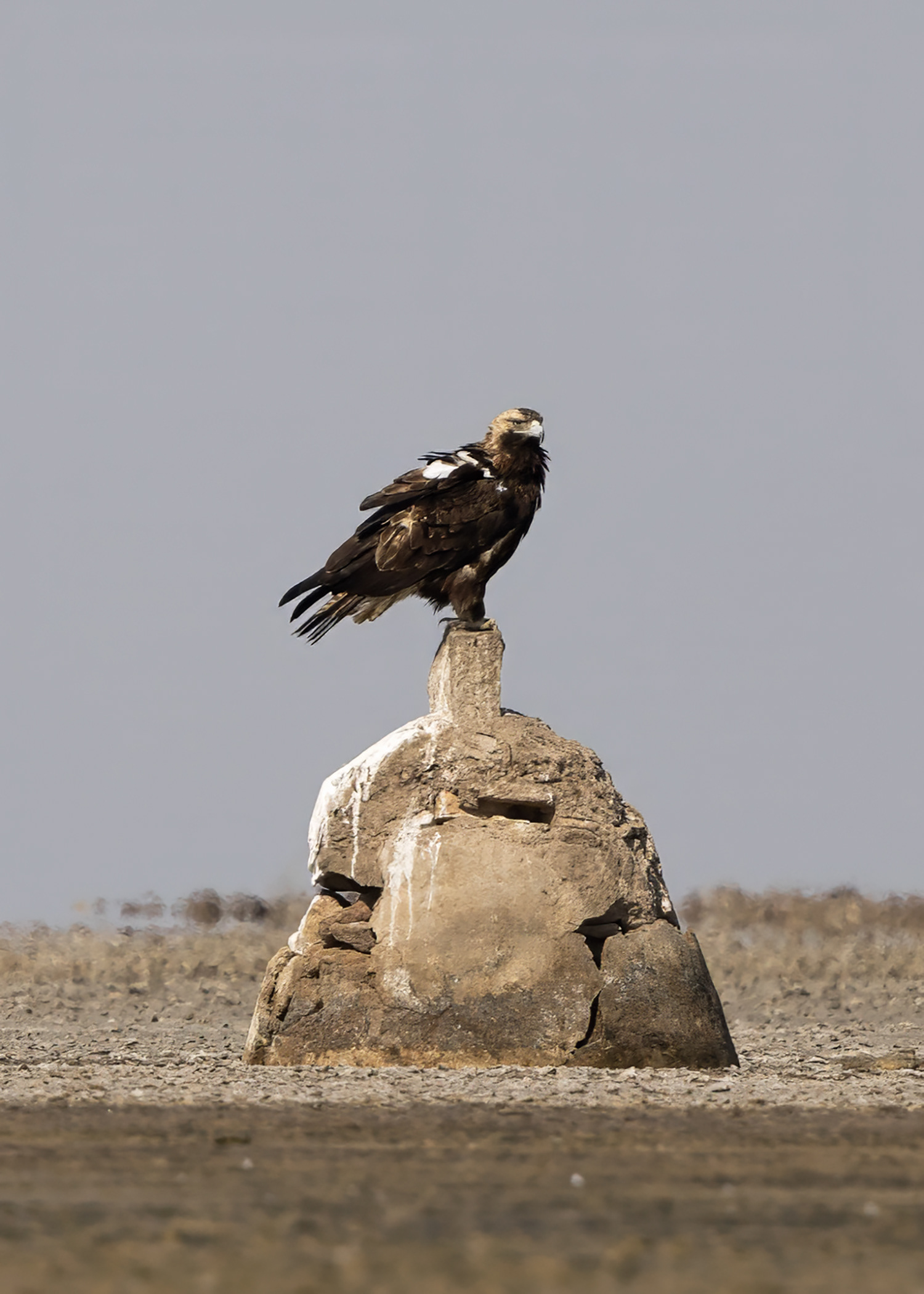
Greater Spotted Eagle
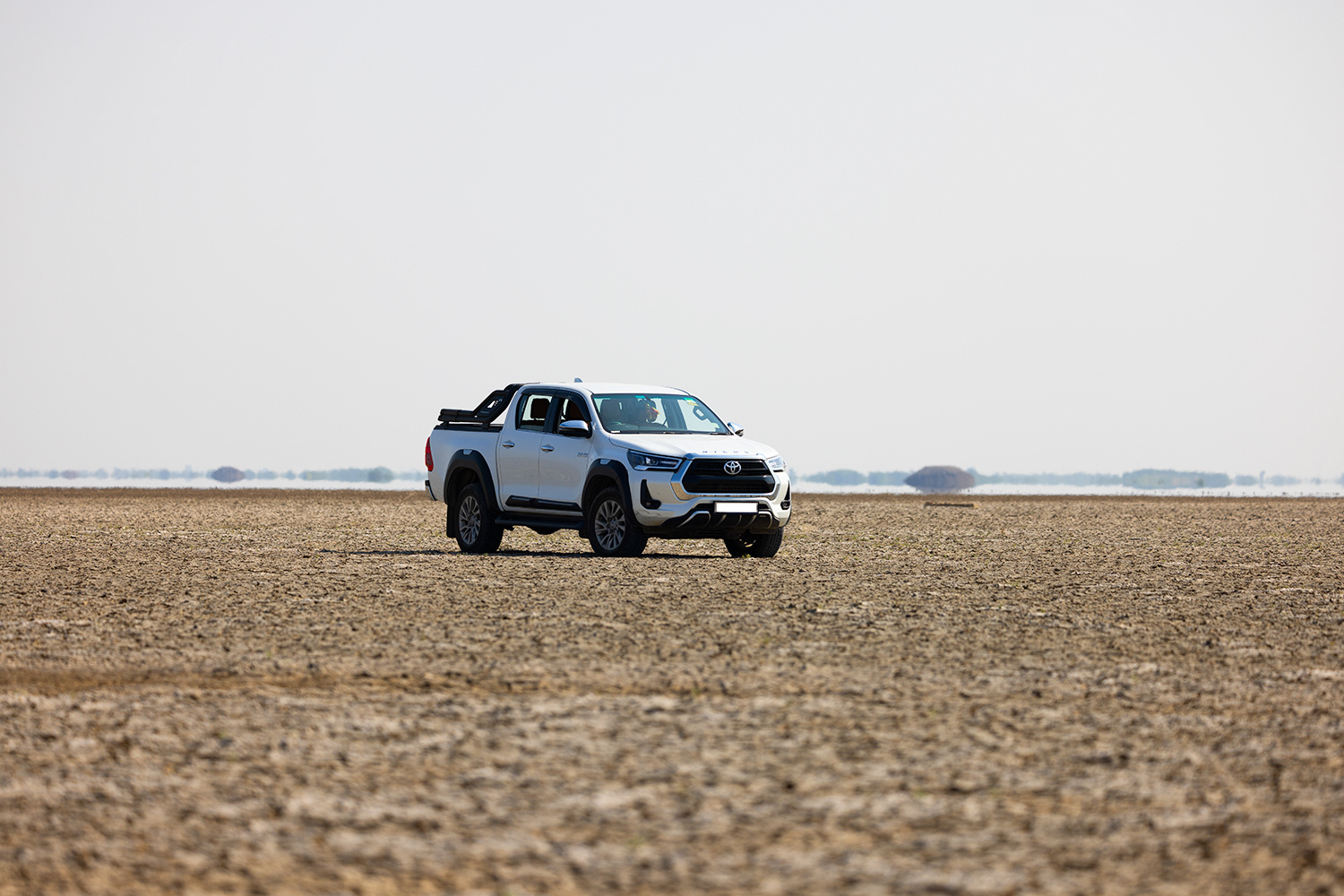
Our Ride and companion Toyota Hilux
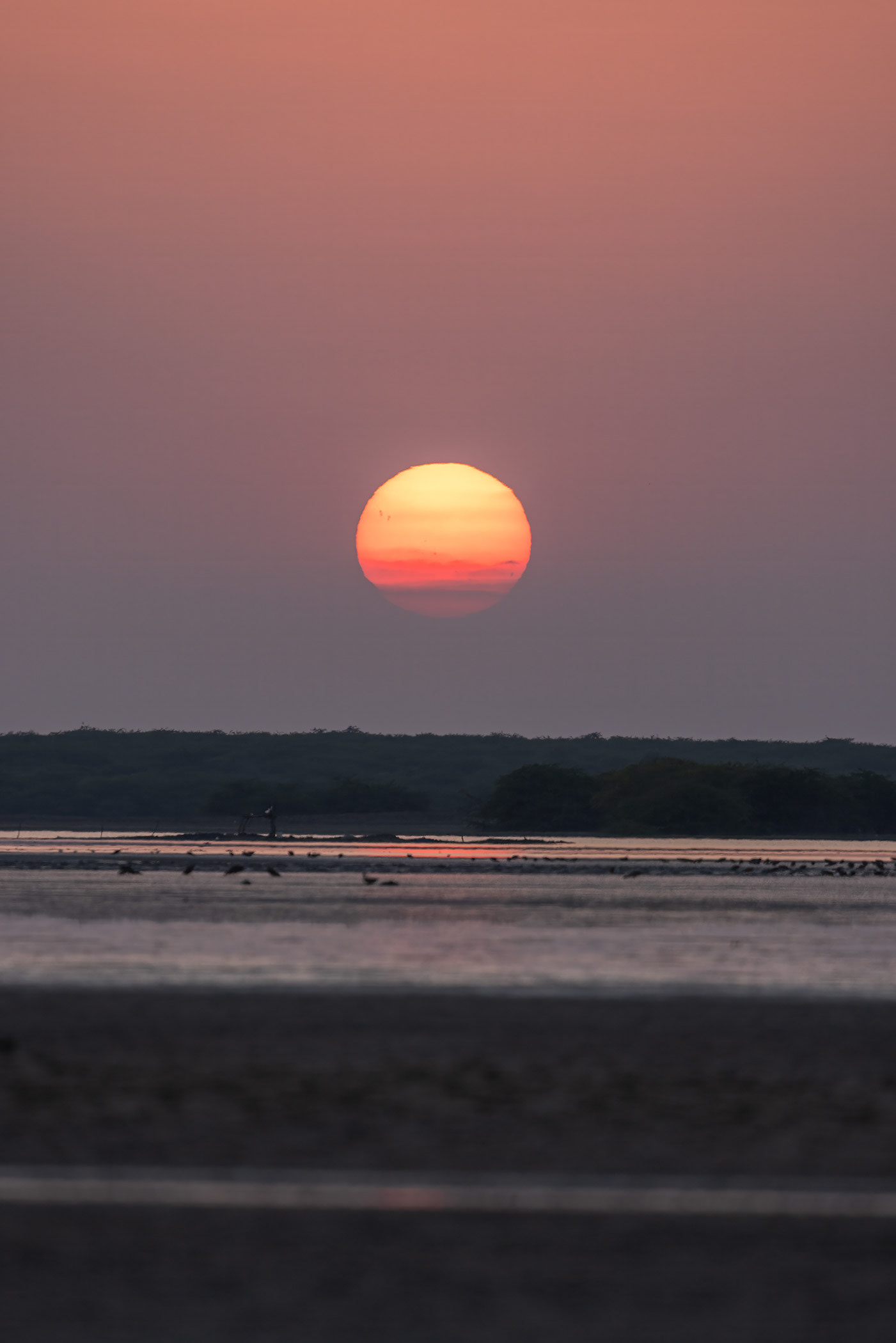
Sunset at LRK
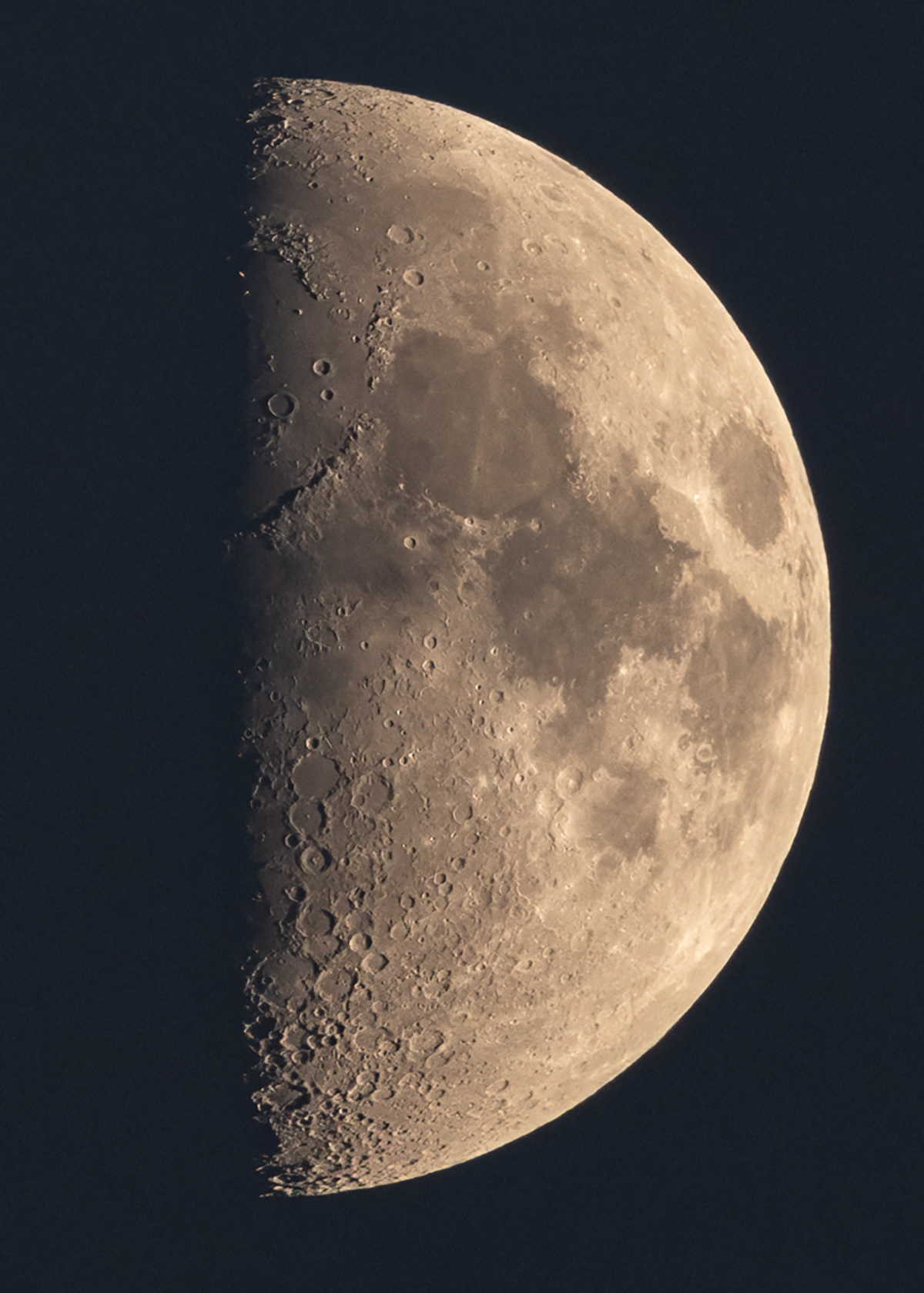
Moon during Night Safari at LRK
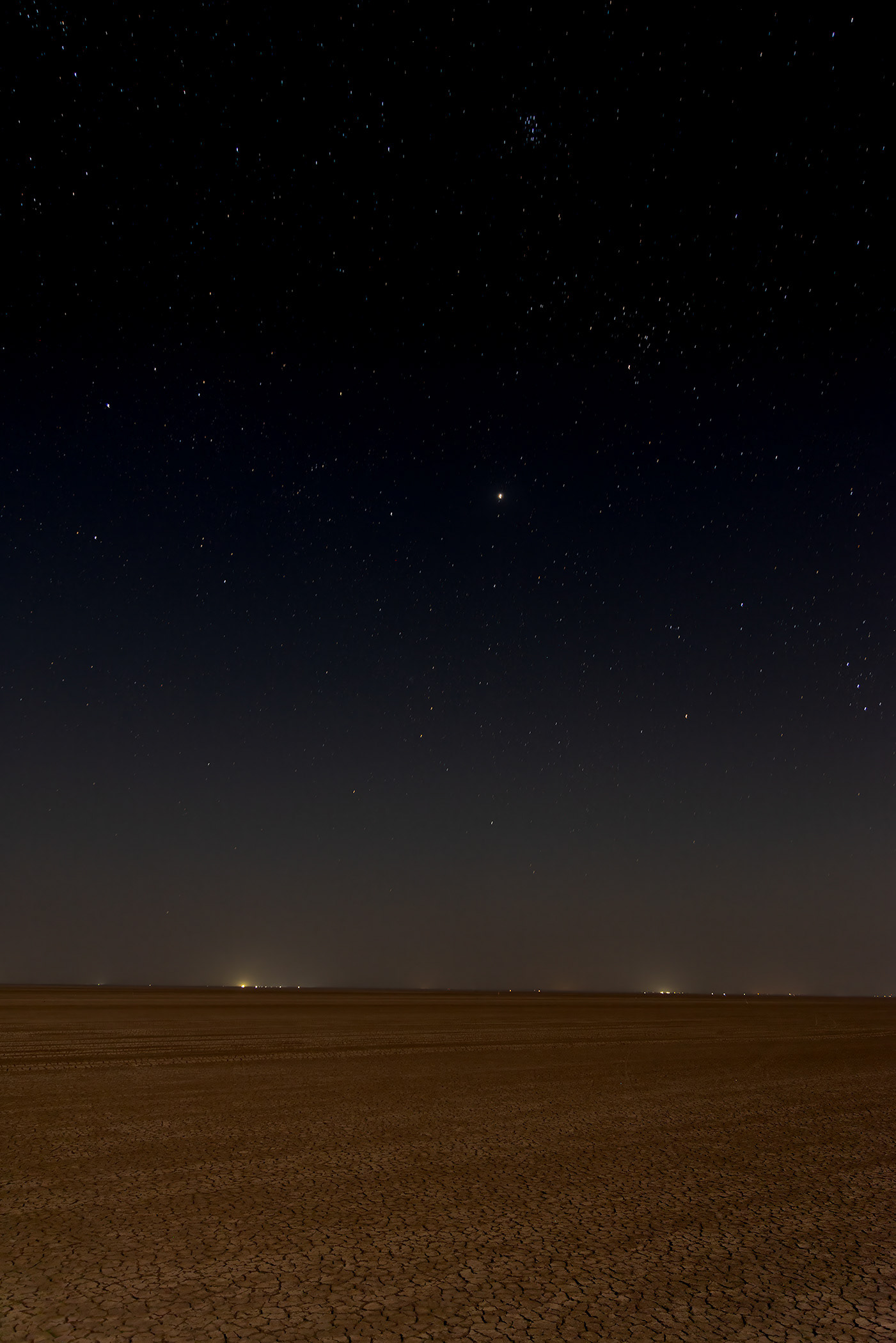
Stargazing Experience at LRK
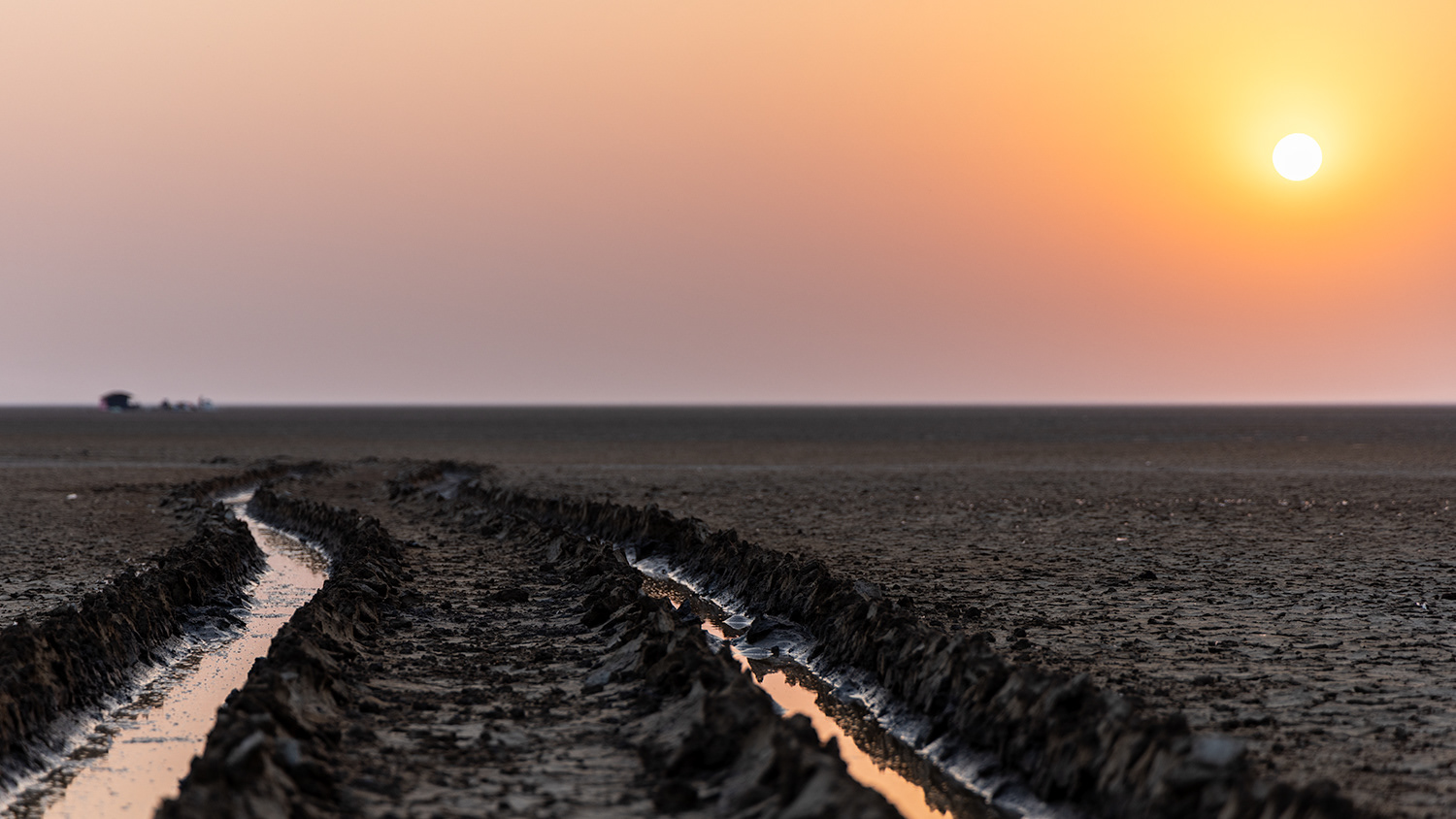
The Rann at Sunrise
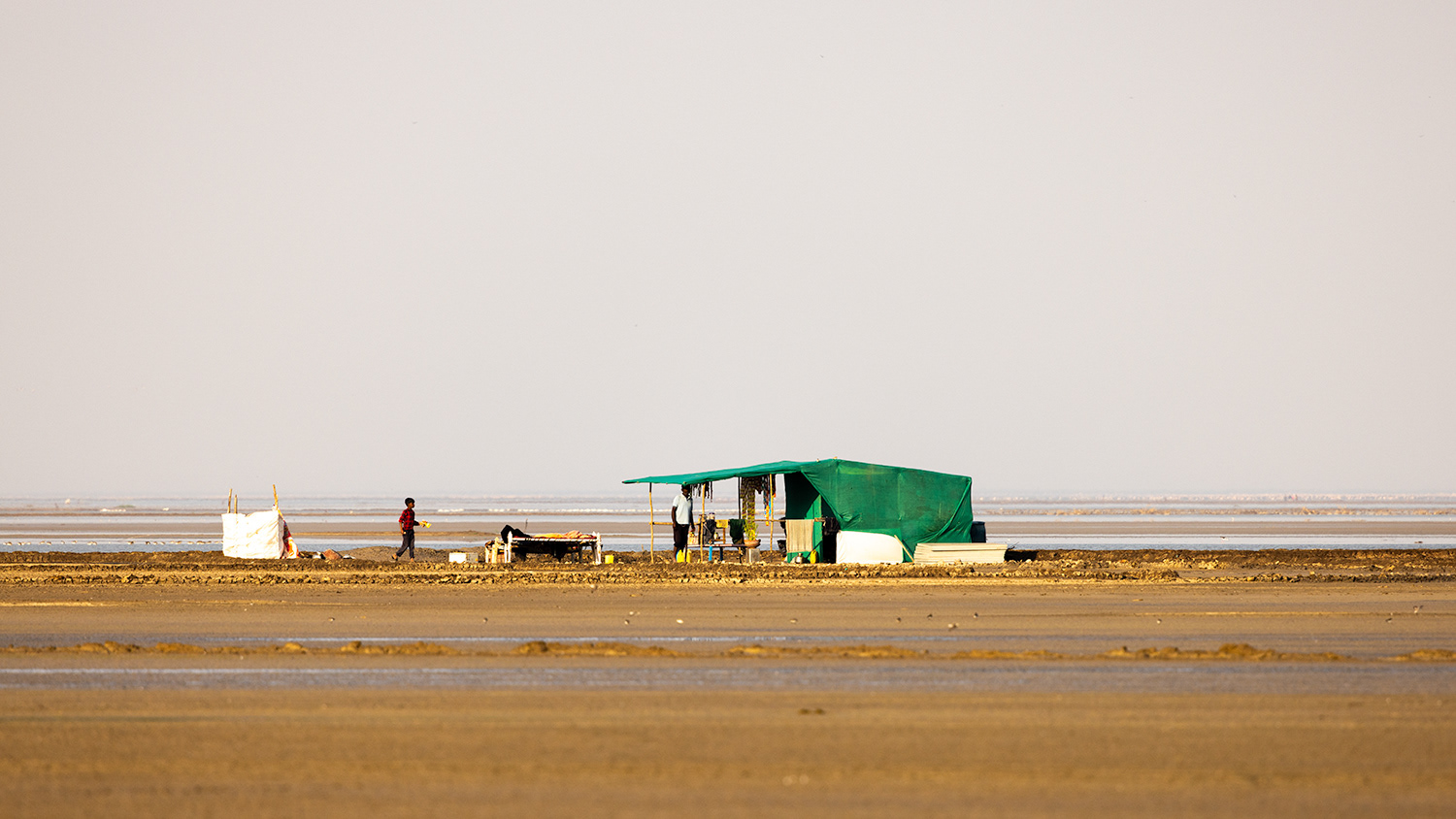
A Tea shop at the middle of nowhere.
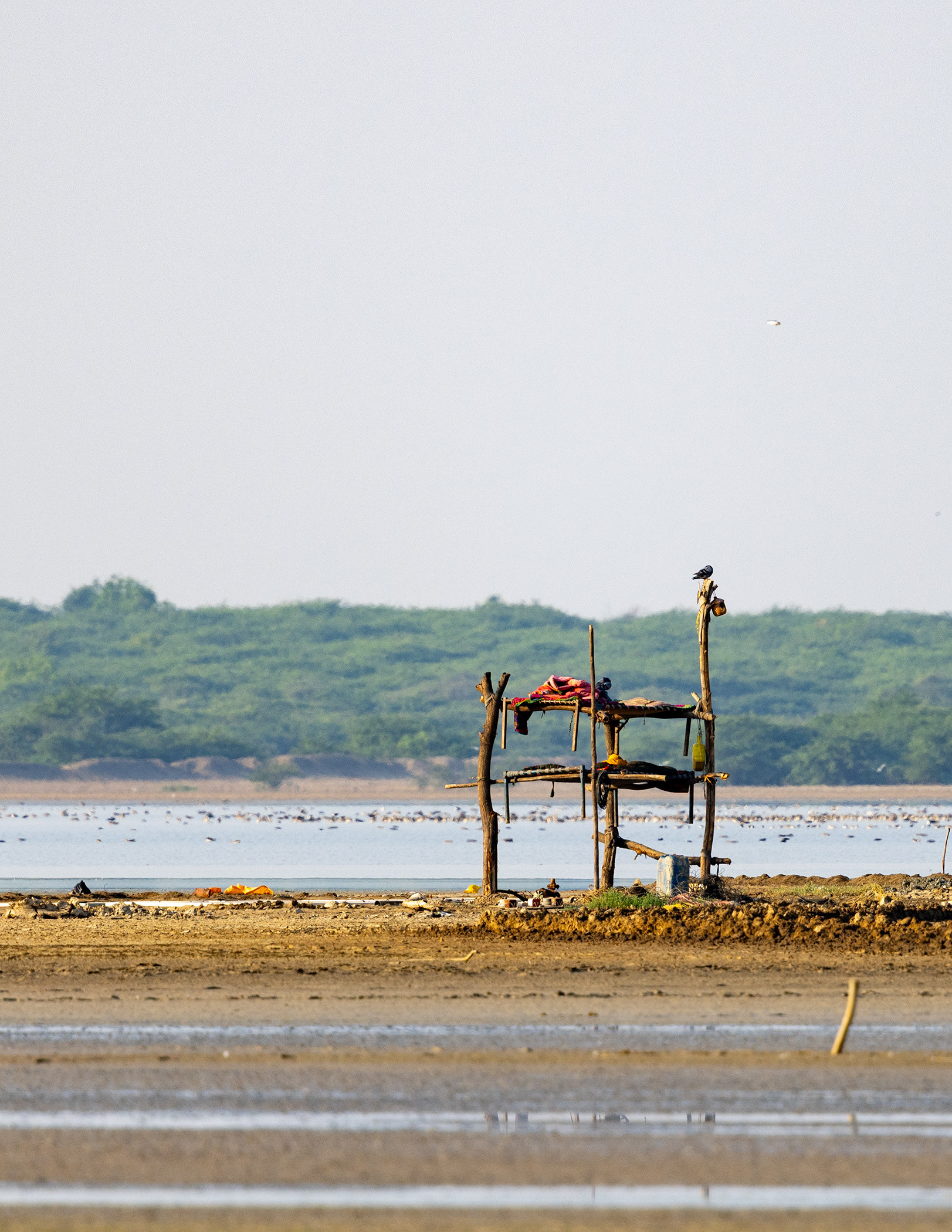
Bunker bed
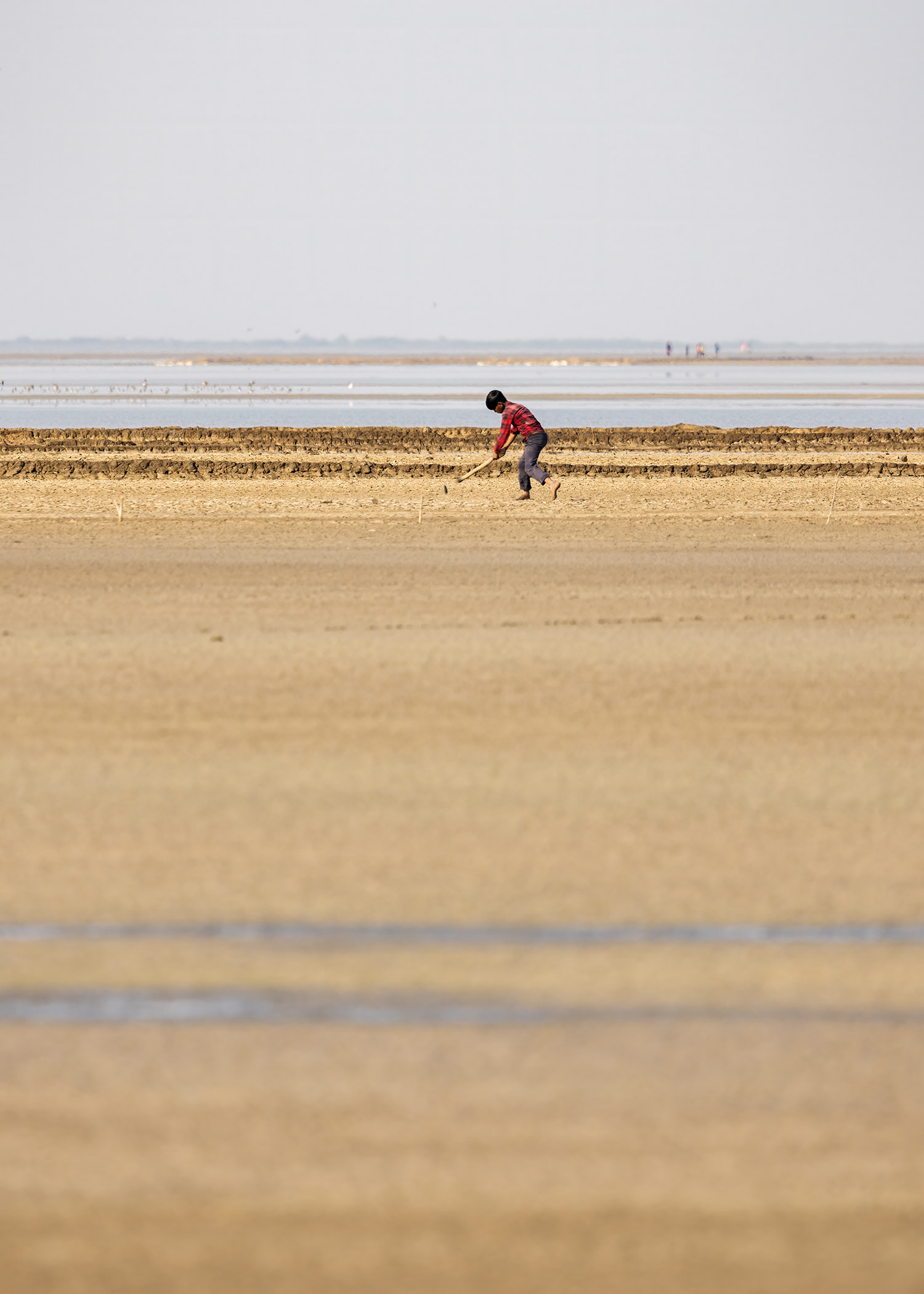
The Entertainment
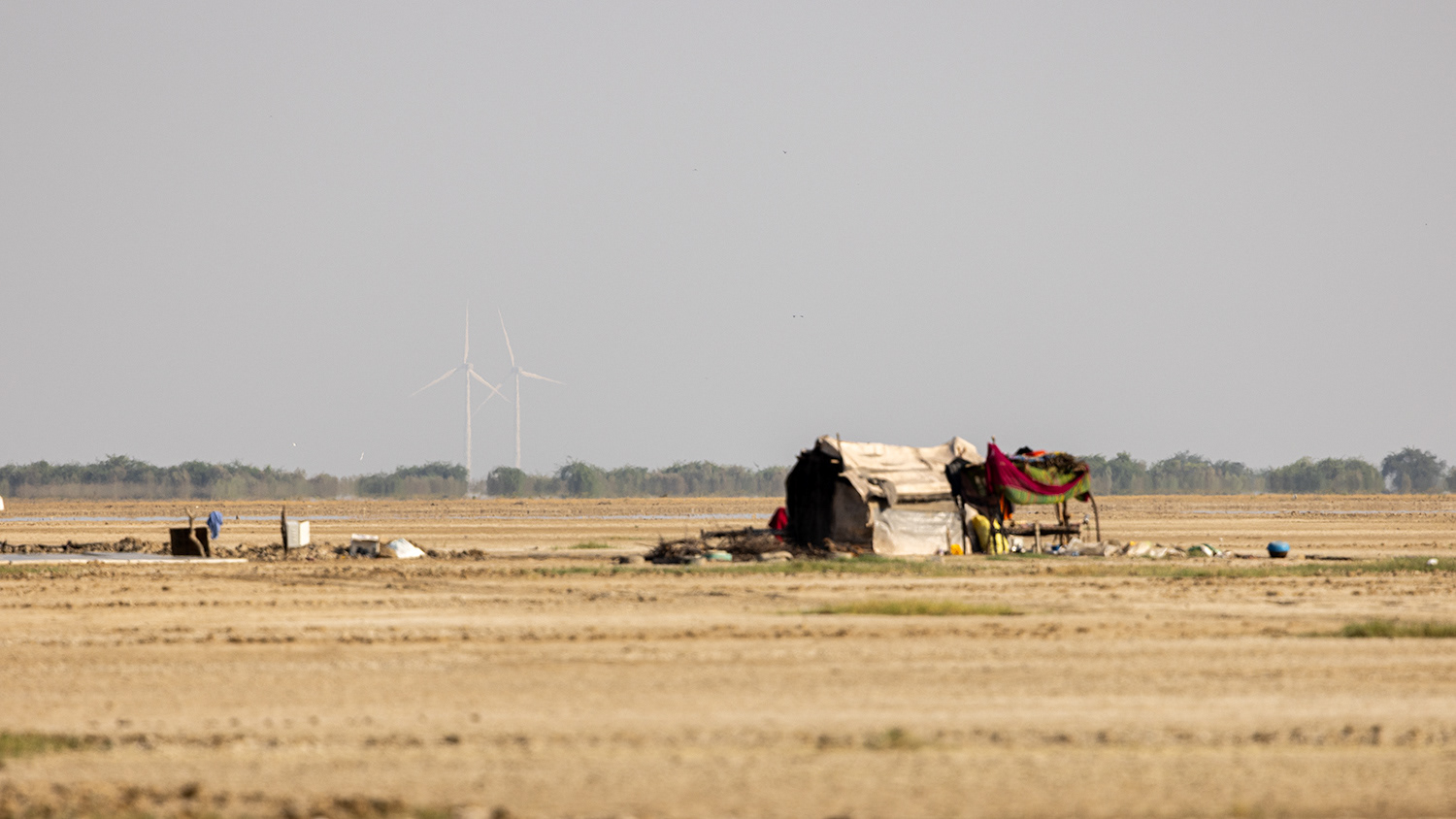
Farmers temporary huts
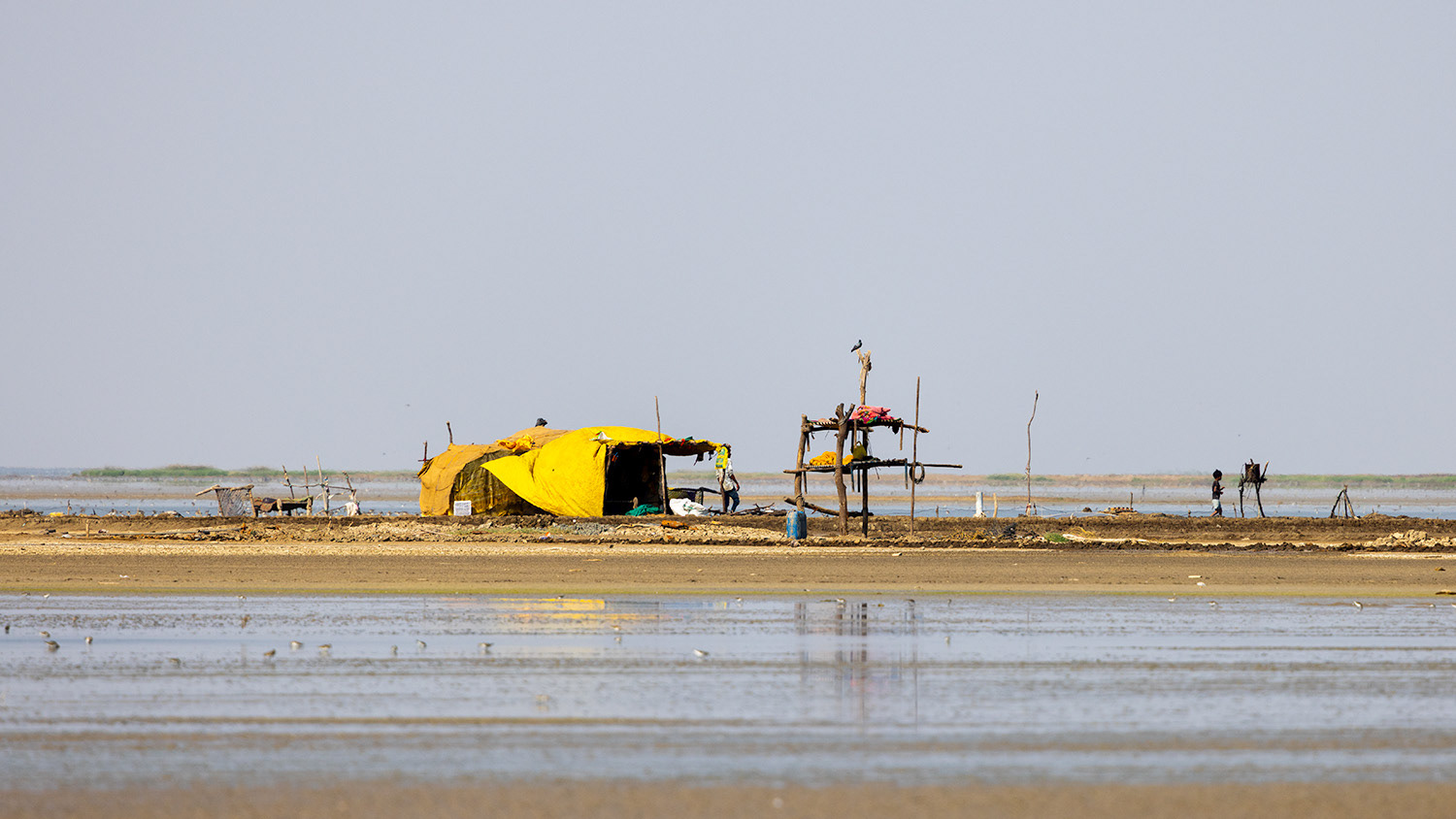
In the middle of the salt lake.
|| AUTHOR ||
Hemant Singh Sikarwar ( Travel Photographer & Writer)
|| COMPANIONS ||
Mihir Bhai Dave, Jayprakesh
